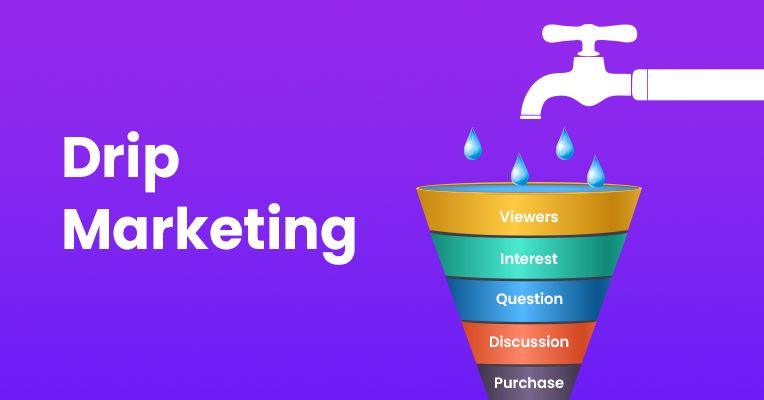Overview of Popular Marketing Automation Platforms
- HubSpot: Known for its comprehensive suite of inbound marketing tools, HubSpot offers features for email marketing, CRM, lead management, and content creation. It provides robust automation capabilities and detailed analytics for tracking campaign performance.
2. Mailchimp: Widely recognized for its user-friendly interface and versatility, Mailchimp caters to businesses of all sizes. It offers email marketing, audience segmentation, A/B testing, and workflow automation, making it a popular choice among marketers.
3. Pardot (by Salesforce): Geared towards B2B marketers, Pardot integrates seamlessly with Salesforce CRM. It offers lead nurturing, email marketing, lead scoring, and robust analytics to optimize drip campaigns and align sales and marketing efforts.
4. ActiveCampaign: Renowned for its powerful automation and segmentation capabilities, ActiveCampaign enables personalized messaging based on customer behavior. It provides CRM integration, predictive sending, and split automation for effective campaign management.
Selecting the Right Tool for Your Drip Campaign Needs
- Define Your Requirements: Start by outlining the specific needs and objectives of your drip campaigns. Consider factors like the size of your audience, level of customization required, integrations with existing systems, and budget constraints.
2. Ease of Use and Interface: Evaluate the user interface and ease of use. A user-friendly platform facilitates smooth campaign creation, management, and analysis, reducing the learning curve for your team.
3. Automation and Personalization Capabilities: Look for tools that offer advanced automation capabilities, allowing you to create complex workflows, trigger-based messaging, and personalized content delivery based on customer behavior and segmentation.
4. Integration and Scalability: Consider the platform's ability to integrate with other tools and systems you use, such as CRM software or analytics platforms. Scalability is crucial as your business grows, ensuring the tool can accommodate increased demands.
5. Analytics and Reporting: Robust analytics and reporting features are essential for tracking campaign performance. Look for platforms that offer detailed insights into open rates, click-through rates, conversions, and other key metrics.
Choosing the right marketing automation platform is pivotal in executing successful drip campaigns. Each platform has its strengths and caters to different business needs. By aligning the features and capabilities of the tool with your specific campaign objectives, you can ensure a seamless and effective drip campaign strategy.
In conclusion, the evolution of marketing automation platforms has revolutionized the way businesses engage with their audience through drip campaigns. Understanding the landscape of popular tools and selecting the right platform tailored to your needs empowers marketers to create compelling, personalized, and impactful drip campaigns that drive results and foster long-term customer relationships.
